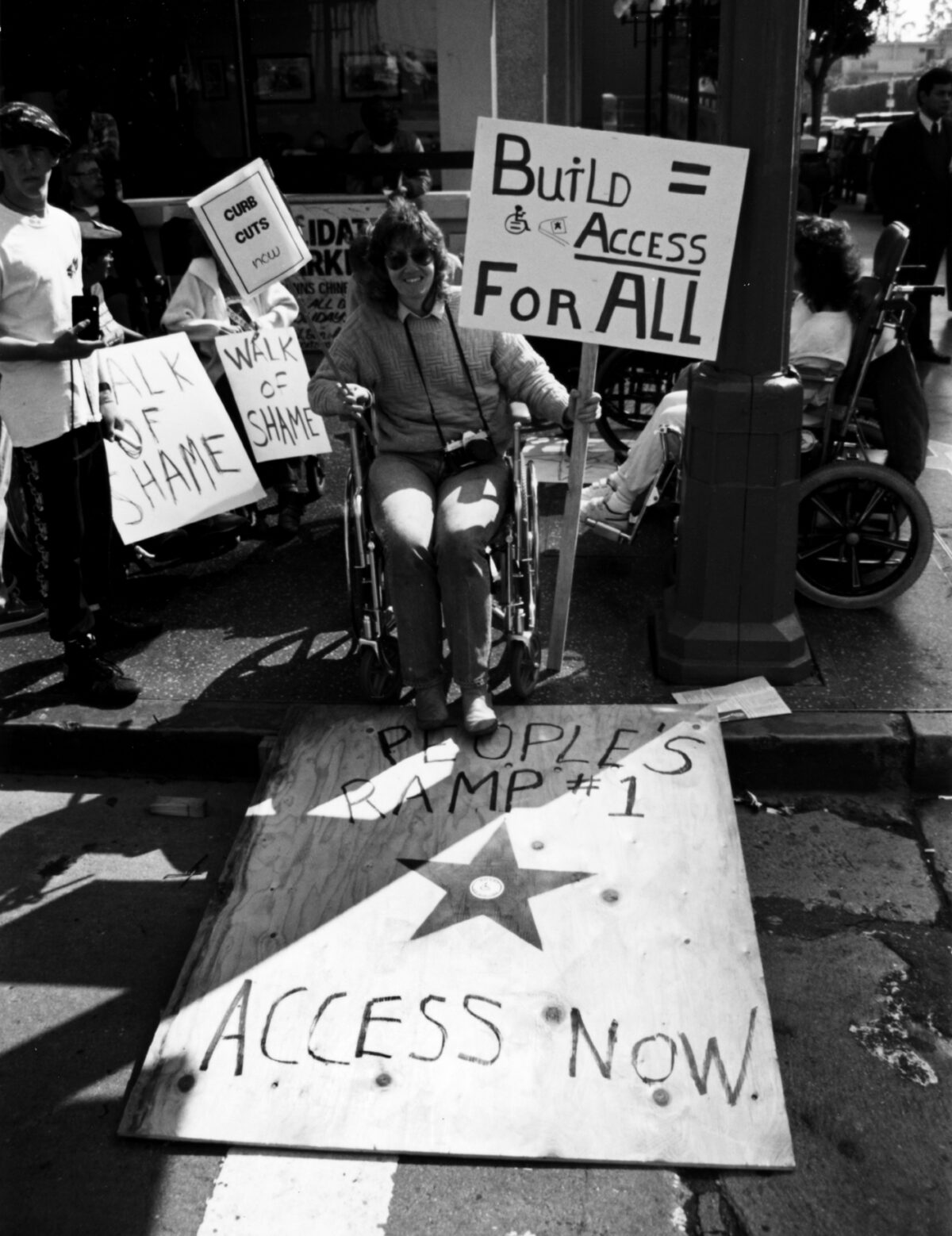Affordable housing is a top issue this election. And, while housing costs are an issue for everyone in the United States, the crisis disproportionately impacts disabled people. With the highest rates of housing discrimination, a deep lack of affordability, inaccessibility, and a failure of housing models to include people with support needs, the nation’s state of housing for the more than 70 million people with disabilities is grim. The next president must take these 8 actions to address the housing needs of people with disabilities of all ages, particularly extremely low and low-income disabled people.
*Note: These recommendations are in no particular order. All of these actions are important to advancing disability-forward housing.
- Commit to disability-forward housing through an executive order. Codify a national commitment to increasing affordable, accessible, and integrated housing for people with disabilities through issuing an executive order to establish a roadmap for strengthening existing policies and pursuing new innovative solutions. This executive order should address minimizing disparate barriers, incentivizing disability inclusion, and fully implementing the integration mandate of the Americans with Disabilities Act Title II within the nation’s housing stock.
- Prioritize disabled leadership in housing reform. Prioritize disabled leadership in federal housing reform by appointing a US Department of Housing & Urban Development (HUD) special advisor on disability to oversee the implementation of disability-forward housing solutions across the agency strategy, policy development, and programs.
- Invest in the HUD Section 811 program. Increase funding to and strengthen implementation of the HUD Section 811 program to substantially increase the supply of affordable, accessible and integrated housing. HUD 811 Project-Based Rental Assistance (PRA) should be available in all 50 states and territories. Moreover, the HUD 811 Capital Advance program must administratively change to become affirmative of integrated, inclusive housing models.
- Fully fund rental assistance for disabled people and their families. Fully fund and ensure widespread access to tenant-based rental assistance for people with disabilities and their families, including but not limited to the Mainstream Voucher and Non-Elderly Disabled (NED) vouchers of the Housing Choice Voucher program.
- Establish fair housing protections. Finalize regulations that will increase protections and advance greater fairness and equity for people with disabilities, including the publication of the Affirmatively Furthering Fair Housing Final Rule and the release of Section 504 of the Rehabilitation Act Notice for Proposed Rule Making (NPRM), followed by an agency-wide implementation strategy.
- Expand and reform the Low Income Housing Tax Credit (LIHTC). Expand and reform the Low Income Housing Tax Credit (LIHTC) to ensure that all LIHTC-financed housing is more accessible, walkable/rollable, and more deeply affordable to people with disabilities and older adults. Embed new disability-forward requirements and incentives into LIHTC, the largest driver of affordable housing production.
- Invest in housing-related supports and services. Increase capacity for agency coordination through the Housing and Services Resource Center and invest in robust housing-related supports and services that people with disabilities need to live and thrive in their own homes and communities. This investment includes but is not limited to, Medicaid housing-related services and HUD’s service coordinator program.
- Create a federal fund for home modifications for people with disabilities and older adults. Making funds such as microgrants or forgivable loans available to tenants and property owners to make these modifications would go a long way toward increasing the stock of accessible housing and would allow more people to age in place.
